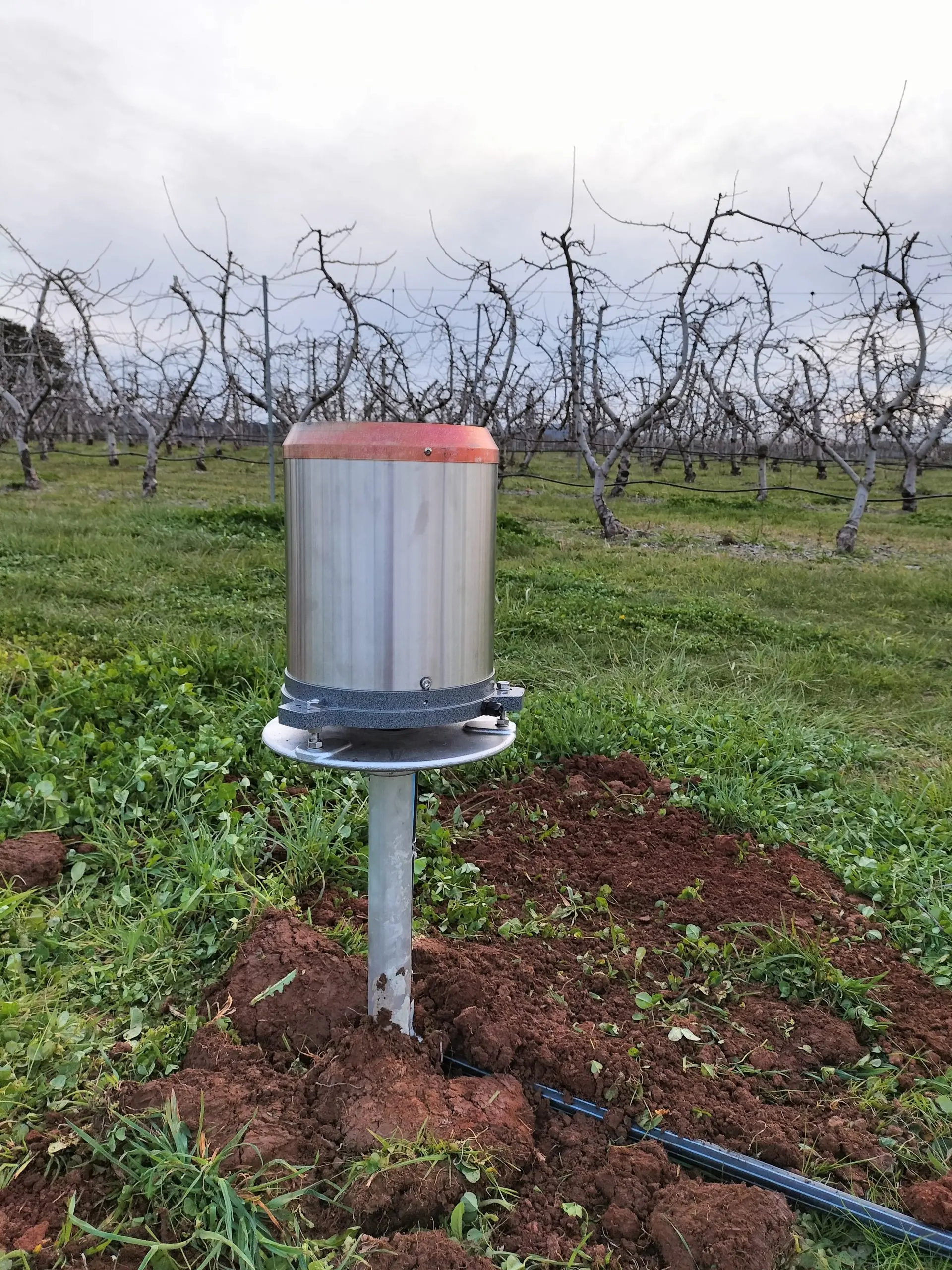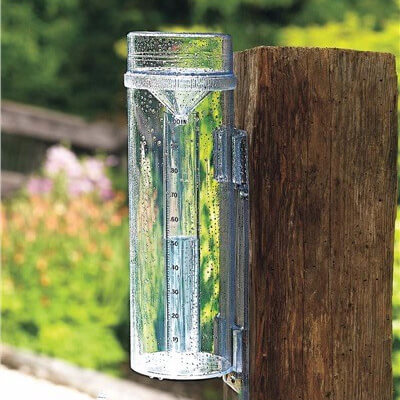How to Pick the Right Rain Gauge for Reliable Precipitation Tracking
How to Pick the Right Rain Gauge for Reliable Precipitation Tracking
Blog Article
Revealing the Scientific Research Behind Rain Assesses: How These Gadgets Play a Vital Duty in Environment Research Study and Environmental Surveillance
Rainfall evaluates, apparently straightforward tools, hold a profound value in the realm of environment study and environmental surveillance. As we peel back the layers of this clinical veil surrounding rainfall determines, we discover a globe where accuracy, data precision, and thorough monitoring merge to reveal a deeper understanding of our changing environment and its effect on the earth.
Relevance of Rainfall Scales
Rain evaluates play an important role in tracking and gauging rainfall degrees, supplying essential data for climate research study and analysis. These devices are essential in measuring the amount of rainfall that happens in a specific location over a certain duration. By accumulating and determining rain, rainfall gauges offer valuable insights right into the distribution and strength of precipitation, aiding meteorologists, hydrologists, and climatologists in understanding weather patterns and trends.
Among the essential reasons why rain gauges are important is their ability to offer precise and local data. Unlike satellite or radar-based measurements, which use wider monitorings, rain gauges offer accurate information certain to the location where they are positioned. This local data is essential for numerous applications, including flood projecting, drought tracking, and water resource administration. Furthermore, long-term information collected from rain evaluates aids in examining climate adjustment impacts and patterns, contributing significantly to scientific study and decision-making procedures. Fundamentally, rainfall assesses function as essential tools in the area of meteorology and ecological scientific research, playing a critical duty in advancing our understanding of climate and climate characteristics.
Kinds Of Rainfall Scales

Performance and Operation
In the world of climate research study and atmospheric research studies, the efficiency of rain assesses lies in their detailed capability and precise operational systems. Rainfall evaluates are designed to precisely gauge the quantity of rainfall that drops over a specific area throughout a click for more set duration.
The capability of rain evaluates is based on the concept of accumulating and determining rainwater in a standardized fashion. This accumulated information is essential for understanding local climate patterns, tracking long-term climate fads, and examining environmental impacts. To make certain exact measurements, rain evaluates need to be tactically positioned in open locations away from obstructions such as buildings or trees that could hinder the collection process.
The functional aspect of rain assesses involves routine upkeep to avoid particles build-up, calibration checks to maintain dimension accuracy, and information recording for analysis (rain gauge). On the whole, the functionality and procedure of rainfall assesses are vital for collecting trustworthy rainfall information crucial to climate research and environmental tracking
Role in Environment Research Study
Offered the essential value of precise precipitation measurements in comprehending climate patterns and environmental effects, the role of rain gauges in environment research study is important. Rainfall determines give vital information for climate research by evaluating the quantity of rainfall that tips over a particular location throughout a given period. This data is crucial for keeping track of lasting patterns in precipitation patterns, analyzing the effect of environment modification on rainfall distribution, and enhancing climate versions.

Environment researchers use information collected from rain gauges to assess variations in rainfall degrees, determine local climate patterns, and examine the effectiveness of find out this here water source management strategies. By comparing historic precipitation information with present dimensions, scientists can discover shifts in rainfall patterns, such as adjustments in the frequency or intensity of rains occasions. This details is vital for recognizing exactly how climate modification is influencing precipitation characteristics and can help policymakers make notified choices relating to adjustment and reduction methods.
Applications in Ecological Tracking

In flood projecting, rain scale data helps to track rainfall strength and distribution, allowing authorities to release timely cautions and take essential measures to minimize flood dangers (rain gauge). Dry spell monitoring depends on rainfall scale data to analyze dampness levels in the dirt and track precipitation deficiencies, helping in the identification of drought-prone locations and the application of dry spell action approaches
In addition, rain gauge information plays a crucial duty in water resource monitoring by providing information on water accessibility and use patterns. In addition, in agriculture, rain scale information aids farmers in optimizing watering timetables, plant selection, and general ranch management methods based on neighborhood rainfall patterns.
Final Thought
Finally, rain determines are important devices for determining rainfall, supplying useful data for environment study and environmental tracking. With different kinds and functionalities, rain gauges play an important duty in comprehending precipitation patterns and their effect on the environment. By properly determining rainfall, these devices add to the innovation of clinical understanding and assistance in making educated decisions pertaining to water resource management and catastrophe preparedness.
Rainfall evaluates play an essential role in tracking and gauging precipitation levels, giving necessary information for environment study and analysis. The typical rainfall gauge, recognized as the "tipping bucket" scale, is one of the most generally utilized gadgets. Ultrasonic rain evaluates usage sound waves to discover the existence of rain, offering real-time data on rainfall levels.Environment scientists utilize information gathered from rainfall determines to evaluate variations in rainfall degrees, recognize local environment trends, and examine the efficiency of water resource administration methods.In final thought, rainfall determines are vital devices for measuring precipitation, giving important data for environment research and environmental monitoring.
Report this page